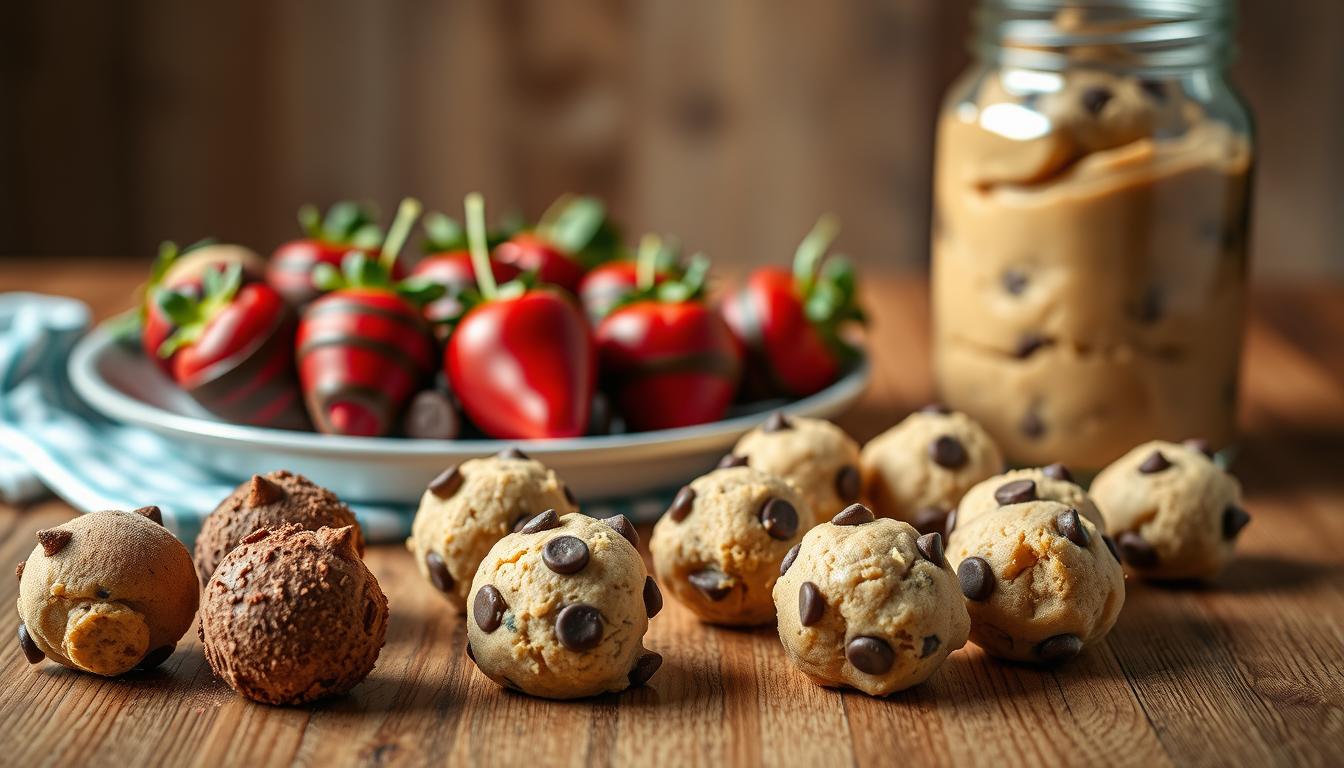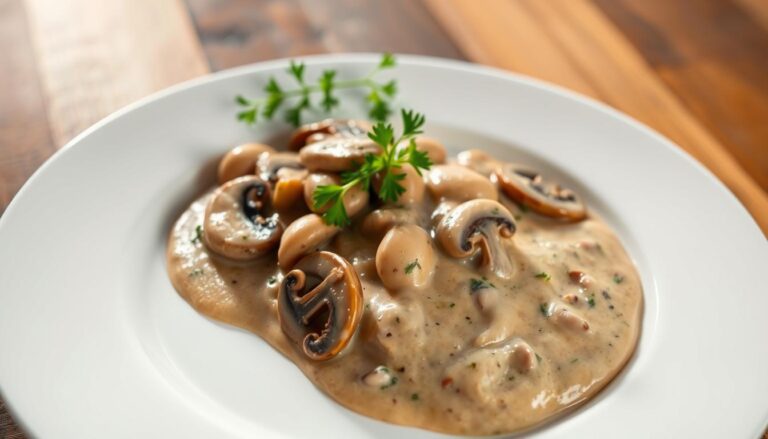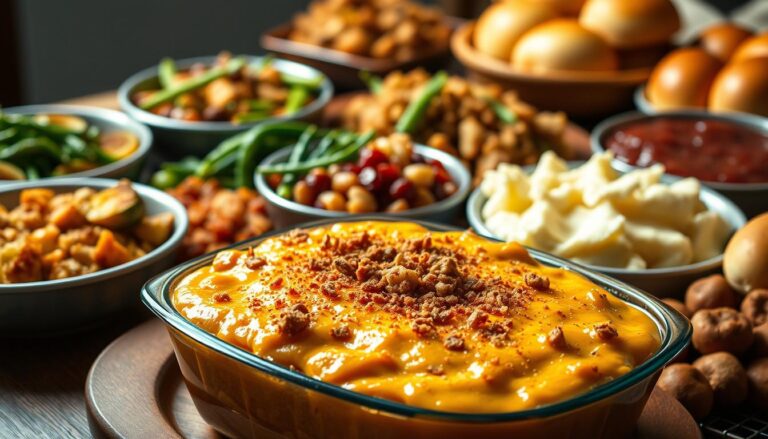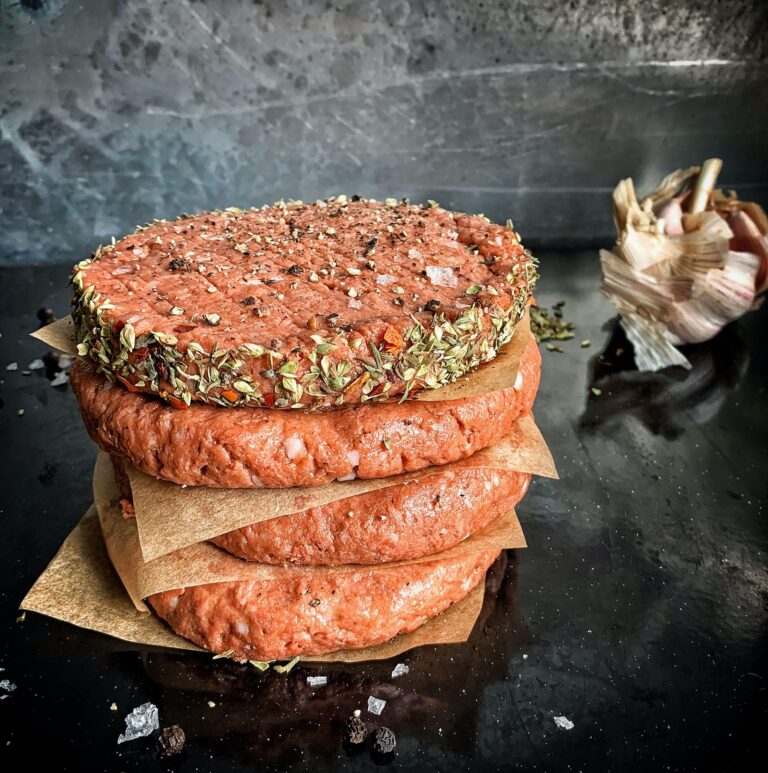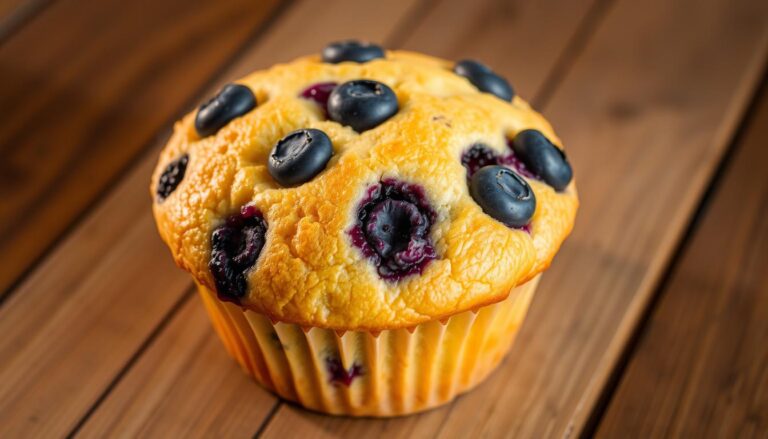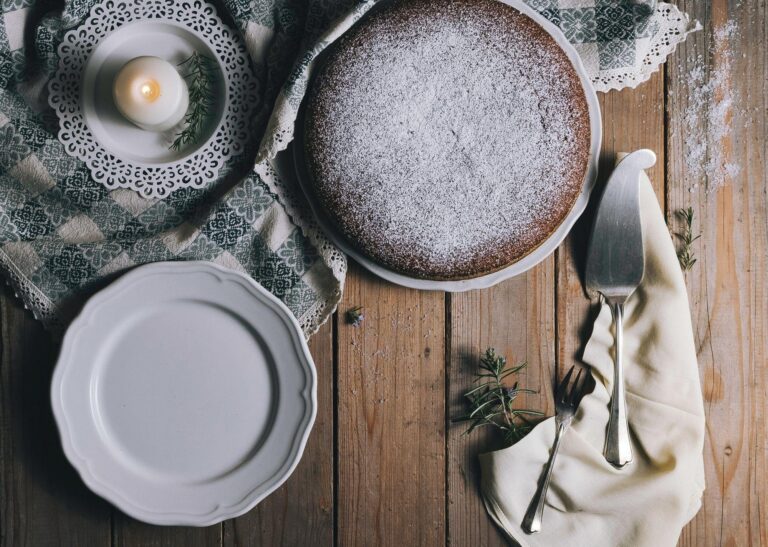Edible Cookie Dough: The Ultimate No-Bake Treat
Who doesn’t love the taste of cookie dough? For years, it was a guilty pleasure. But now, with edible cookie dough, you can enjoy it worry-free.
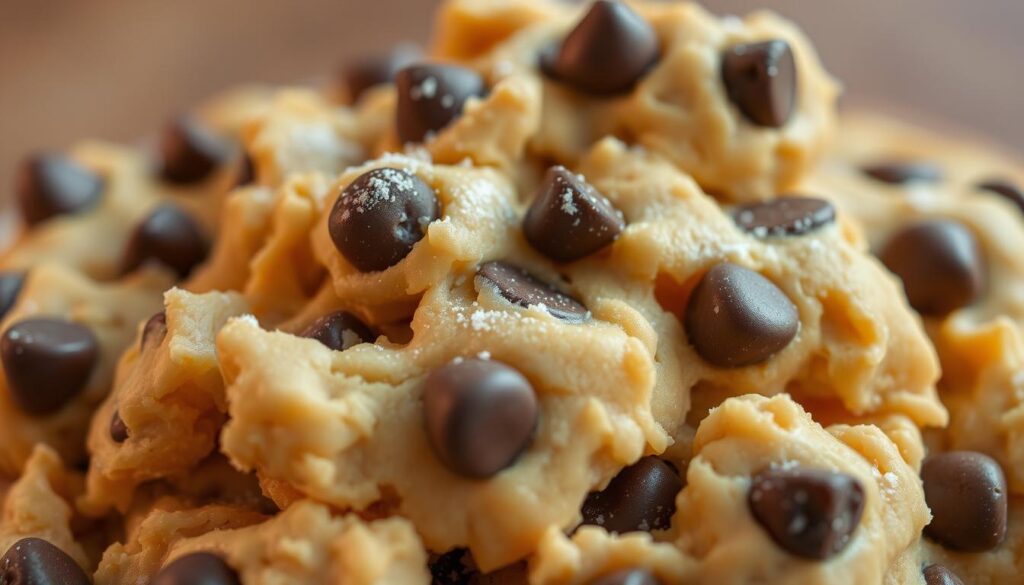
Homemade cookie dough is all the rage, and it’s easy to see why. This no-bake cookie dough is perfect for satisfying your sweet tooth without baking.
In this article, we’ll dive into the world of edible cookie dough. We’ll also share a simple cookie dough recipe for you to try at home.
Key Takeaways
- Discover the benefits of edible cookie dough
- Learn how to make a simple homemade cookie dough recipe
- Explore the safety aspects of consuming no-bake cookie dough
- Find out why edible cookie dough is a great treat for any occasion
- Get tips on customizing your cookie dough recipe to suit your taste
Why We Love Edible Cookie Dough
Edible cookie dough has won many hearts. It’s a sweet treat that also brings back memories of baking with loved ones.
The Nostalgic Appeal of Raw Cookie Dough
Raw cookie dough is irresistible. It reminds us of sneaking dough as kids. The taste brings back happy memories and emotions. Now, we can enjoy it safely.
The Safety Concerns with Traditional Raw Dough
Traditional raw cookie dough is risky. It has raw eggs and untreated flour. These can contain Salmonella and E. coli.
| Safety Concerns | Risks | Edible Cookie Dough Solution |
|---|---|---|
| Raw Eggs | Salmonella | Egg substitutes or pasteurized eggs |
| Untreated Flour | E. coli | Heat-treated flour |
Edible cookie dough is safe. It uses alternatives to raw eggs and flour.
The Science Behind Safe Edible Cookie Dough
Edible cookie dough is a favorite treat, thanks to the science that makes it safe. Traditionally, raw cookie dough was risky because of its raw ingredients. But, by understanding these risks and taking simple steps, we can make cookie dough safe to eat.
Understanding Raw Flour Risks
Raw flour can have pathogens like E. coli, which can cause serious illnesses. The risk is hidden because flour is dry. But, flour can get contaminated during processing. To fix this, heat-treating flour is used to kill bacteria.
The Problem with Raw Eggs
Raw eggs can have Salmonella, leading to food poisoning. This risk is well-known, making it dangerous to eat raw cookie dough. To solve this, edible cookie dough uses egg substitutes or other safe ingredients.
How Edible Versions Eliminate These Risks
Edible cookie dough recipes avoid the dangers of raw flour and eggs. They use:
- Heat-treating flour to kill pathogens
- Using egg substitutes or pasteurized eggs
- Selecting ingredients that are safe for raw consumption
These changes make edible cookie dough safe and tasty. It’s a great treat for anyone who loves cookie dough.
Essential Ingredients for Safe Cookie Dough
Making safe edible cookie dough means picking the right ingredients. The right mix not only makes the dough safe but also tastes great and feels right.
Base Ingredients You’ll Need
The base of cookie dough includes butter, sugar, flavorings, and flour. Each is key to the dough’s taste and feel.
Butter, Sugar, and Flavorings
Butter and sugar add richness and sweetness. Vanilla extract is a classic flavoring. You can try almond extract for something new.
Safe Flour Alternatives
Regular flour can have E. coli, so it’s not safe raw. Heat-treated flour or almond flour are safer. They also change the dough’s taste.
Egg Replacements for Binding
Raw eggs can have Salmonella, so finding a safe egg replacement is important. Applesauce, mashed banana, or egg replacers work well. They keep the dough together without the egg risks.
Optional Mix-ins and Add-ons
Adding chocolate chips, nuts, or candy pieces can make the dough better. Pick mix-ins that fit your dough’s theme and any dietary needs. Vegan chocolate chips, for example, make it vegan.
Choosing these ingredients carefully lets you make a tasty and safe cookie dough. It’s something everyone can enjoy.
Step-by-Step Edible Cookie Dough Recipe
Making edible cookie dough is easy. You need just a few ingredients and basic tools. Follow these steps to make a tasty, safe treat for snacking.
Step1: Heat-Treating Your Flour
First, heat-treat your flour. This step kills bacteria in the flour, making it safe to eat raw. Spread flour on a baking sheet and bake at 350°F (175°C) for 5-7 minutes. Always let the flour cool completely before using it in your recipe.

Step2: Creaming Butter and Sugars
Next, cream together butter and sugars until light and fluffy. This step is key for a smooth dough. Use a stand mixer or hand mixer for 2-3 minutes, until fluffy. You can also use a wooden spoon, but it takes longer.
- Use softened butter for easier creaming.
- Don’t overmix, as this can lead to a tough dough.
Step3: Adding Wet Ingredients
After creaming butter and sugars, add wet ingredients. This includes vanilla extract and other flavorings. Mix well to distribute these ingredients evenly.
Be sure to use high-quality vanilla extract for the best flavor.
Step4: Incorporating Dry Ingredients and Mix-ins
Now, add dry ingredients and mix-ins like chocolate chips or nuts. Mix gently to avoid overmixing. Your edible cookie dough is now ready to enjoy!
- Start with the dry ingredients to avoid overmixing.
- Add mix-ins last to distribute them evenly.
By following these simple steps, you can make delicious, safe edible cookie dough. Enjoy your homemade treat!
Popular Cookie Dough Variations
Edible cookie dough is a blank canvas for creativity. It offers many variations for different tastes and dietary needs. Its versatility lets you experiment with various ingredients and flavors, making it a favorite treat.
Classic Chocolate Chip Cookie Dough
Classic chocolate chip cookie dough is a timeless favorite. It combines semi-sweet chocolate chips with a hint of vanilla. This mix creates a comforting flavor that’s hard to resist. Adding a sprinkle of flaky sea salt on top makes it even more decadent.
Peanut Butter Cookie Dough
Peanut butter lovers will adore this variation. It adds a rich, nutty flavor to the dough. Chopped peanuts can enhance the texture and taste.
Funfetti Birthday Cake Dough
Funfetti birthday cake dough is perfect for any celebration. It’s colorful and festive, with sprinkles adding a fun surprise in every bite. It’s great for kids’ parties or adding whimsy to your snack time.
Vegan and Gluten-Free Options
Vegan and gluten-free cookie dough is a game-changer for those with dietary restrictions. It uses plant-based milk and gluten-free flours. Experiment with different egg replacements and flours to find your favorite.
Double Chocolate Brownie Dough
Chocolate enthusiasts will love the double chocolate brownie dough. It combines cocoa powder with chocolate chunks for an intense chocolate flavor. This is ideal for those seeking a deeper, richer taste.
These cookie dough variations show the diversity and creativity of edible cookie dough. Whether you prefer something classic or adventurous, there’s a flavor for everyone.
Creative Ways to Serve Your Homemade Treat
Now that you have your edible cookie dough, let’s find fun ways to enjoy it. Cookie dough is great for many desserts and snacks because it’s so versatile.
Cookie Dough Parfaits and Dessert Cups
Make stunning parfaits by layering cookie dough with ice cream, whipped cream, and chocolate sauce in tall glasses or cups. It’s a delicious and Instagram-worthy treat. You can pick your favorite layers for any occasion.
- Start with a layer of cookie dough at the bottom.
- Add a scoop of your favorite ice cream.
- Top with whipped cream and a drizzle of chocolate sauce.
- Garnish with sprinkles or chopped nuts for added fun.
No-Bake Cookie Dough Truffles
Turn your cookie dough into no-bake truffles by making small balls and coating them in melted chocolate or cocoa powder. These treats are perfect for parties or a quick dessert. Try different toppings like sprinkles, chopped nuts, or shredded coconut for unique flavors.
- Scoop small amounts of cookie dough into balls.
- Chill them in the refrigerator until firm.
- Dip the dough balls into melted chocolate.
- Coat with your choice of toppings before the chocolate hardens.
Ice Cream Mix-ins and Toppings
Use your cookie dough as a mix-in for homemade ice cream or as a topping for store-bought ice cream. It adds texture and flavor, making your ice cream better. Try it with vanilla or chocolate ice cream for the best taste.
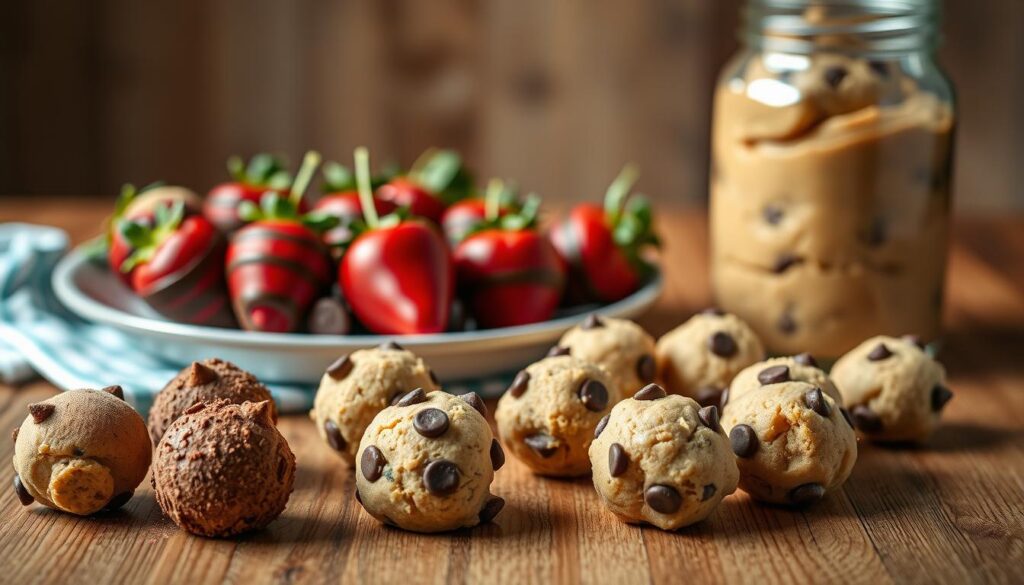
Cookie Dough Dips for Parties
Cookie dough dips are a fun party dessert. Serve the dough in a bowl with dippers like graham crackers, pretzels, or fruit. It’s an interactive dessert that everyone will love. You can choose dippers based on what your guests like.
Being creative with your cookie dough can lead to many new and exciting desserts. Whether you’re making parfaits, truffles, or dips, there are endless possibilities.
Storing and Preserving Your Edible Cookie Dough
Keeping your edible cookie dough fresh and safe is key. After making this tasty treat, you’ll want it to stay good for a while.
Proper Refrigeration Techniques
Store your cookie dough in an airtight container in the fridge. This works best for up to 5 days. Make sure the container is closed well to keep out moisture and other tastes.
You can also divide the dough into smaller parts before refrigerating. This makes it simpler to grab a snack whenever you want.
Freezing for Long-Term Storage
Freezing is great for longer storage. Scoop the dough into balls or portions and freeze them on a baking sheet lined with parchment paper. Once they’re solid, move them to a freezer-safe bag or container for up to 3 months.
When you’re ready for a treat, thaw the amount you want in the fridge or at room temperature.
Signs Your Cookie Dough Has Gone Bad
Watch for signs that your cookie dough has spoiled. Off smells, a slimy texture, or mold mean it’s time to throw it away. Changes in color or taste also indicate it’s not safe anymore.
Checking your stored cookie dough regularly helps you enjoy it at its best. This way, you can be sure it’s both tasty and safe to eat.
Troubleshooting Common Cookie Dough Problems
Fixing problems in your cookie dough is key to making it perfect. Even with careful steps, issues can pop up. These can mess with the dough’s texture and taste.
Fixing Dough That’s Too Dry or Too Wet
If your dough is too dry, it might be because you used too much flour. Or maybe you didn’t add enough liquid. To fix it, add a bit of milk or cream to make it moist.
If the dough is too wet, it could be from too much liquid or not enough flour. To fix this, add flour slowly until it’s just right.
- Add liquid gradually to avoid over-saturation.
- Use a stand mixer to efficiently mix in additional ingredients.
Addressing Grainy Texture Issues
A grainy texture can come from not mixing sugar well or using the wrong sugar. Make sure to cream your sugar with butter well. Try superfine sugar for a smoother feel.
Balancing Sweetness and Flavor
Getting the sweetness and flavor right is important. If it’s too sweet, try using less sugar or add a bit of salt. Adding vanilla or cocoa powder can also improve the taste.
Making Adjustments for Dietary Restrictions
For those with special diets, you can make changes. Use gluten-free flours or egg substitutes like flaxseed or applesauce. This makes the dough more inclusive.
By tackling these common problems, you can make your cookie dough perfect for any taste or dietary need.
Conclusion
Making your own edible cookie dough at home is easy and fun. You just need the right ingredients and a few simple steps. This way, you can enjoy a tasty no-bake treat anytime.
Whether you prefer a classic chocolate chip cookie dough or something new like peanut butter or funfetti, you can try it all. You can also make it your own by adding different flavors. This makes it perfect for families or groups with different tastes.
Edible cookie dough is great for many desserts, like cookie dough parfaits or no-bake truffles. So, be creative and enjoy making and sharing your favorite no-bake cookie dough treats.
FAQ
What is edible cookie dough?
Edible cookie dough is a type of cookie dough that’s safe to eat without baking. It uses ingredients that avoid the dangers of raw cookie dough.
Why is traditional raw cookie dough not safe to eat?
Raw cookie dough is risky because it has raw eggs and flour. Eggs can have Salmonella, and flour can have E. coli.
How do you make flour safe for edible cookie dough?
To make flour safe, heat-treat it. You can bake it in the oven or microwave it. This kills bacteria.
What are some common egg replacements used in edible cookie dough?
Eggs can be replaced with applesauce, mashed banana, silken tofu, or commercial egg replacers. These options are safe and work well.
Can I customize my edible cookie dough with mix-ins?
Yes, you can add mix-ins like chocolate chips, nuts, and candy pieces. This lets you create unique flavors and textures.
How do I store edible cookie dough?
Store it in an airtight container in the fridge. This keeps it fresh and safe to eat.
Can I freeze edible cookie dough?
Yes, you can freeze it for later. Scoop it into balls, freeze them, and then put them in a container or bag.
How long does edible cookie dough last?
Its shelf life depends on the ingredients and storage. It usually lasts a few days to a week in the fridge.
Can I make edible cookie dough vegan or gluten-free?
Yes, you can make it vegan or gluten-free. Use vegan butter and gluten-free flours to meet dietary needs.

